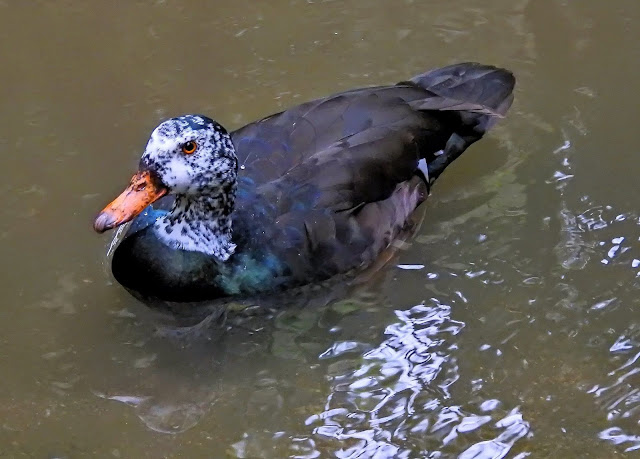%2020.jpg)
The Common kestrel (Falco tinnunculus) is a bird of prey species that belongs to the falcon family Falconidae. This species occurs over a large range and in Britain, where no other kestrel species commonly occurs, it is generally just called "kestrel".
Common kestrels are small compared with other raptors, but larger than most songbirds. They are mainly light chestnut brown in color with blackish spots on the upperside and buff with narrow blackish streaks on the underside; the remiges are also blackish. The males have fewer black spots and streaks and their cap and tail are blue-grey. The tail is brown with black bars in females and has a black tip with a narrow white rim in both sexes. All Common kestrels have a prominent black malar stripe like their closest relatives. The cere, feet, and a narrow ring around the eye are bright yellow; the toenails, bill, and iris are dark. Juveniles look like adult females, but the underside streaks are wider; the yellow of their bare parts is paler.
%2021.jpg)
Common kestrels are found in Europe, Asia, and Africa. These birds are sedentary but in the cold parts of their range, they migrate south in winter. Common kestrels live in open habitats such as tundra, taiga, grassland, shrubland, marshland, fields, and heaths. They can also be found in forested areas and readily adapt to human settlement, as long as sufficient swathes of vegetation are available. They also occur in wetlands, moorlands, arid savanna, and from the sea to the lower mountain range.
%2021a.jpg)
Common kestrels are usually seen alone but sometimes may travel in small flocks and nest in loose colonies. These birds hunt by day hovering about 10-20 m (35-65 ft) above the ground, searching for prey, either by flying into the wind or by soaring using ridge lift. Like most birds of prey, Common kestrels have keen eyesight enabling them to spot small prey from a distance. Once prey is sighted, the bird makes a short, steep dive toward the target. They often hunt along the sides of roads and motorways. Another favorite (but less conspicuous) hunting technique is to perch a bit above the ground cover, surveying the area. When the bird spots prey animals moving by, it will pounce on them. They also prowl a patch of hunting ground in a ground-hugging flight, ambushing prey as they happen across it. Common kestrels communicate with each other using various calls. When alarmed they utter 'kii-kii-kiikii' and in flight, the birds produce a 'kik-kik' call.
Population size
4.3-6.7 Mlnlnn
%2023.jpg)
Common kestrels are monogamous and form long-lasting pair bonds. They start breeding in April or May in temperate Eurasia and between August and December in the tropics and southern Africa. Common kestrels nest in cavities, preferring holes in cliffs, trees, or buildings; in built-up areas, the birds will often nest on buildings and will reuse the old nests of other birds. Common kestrels are usually solitary nesters but may sometimes nest in loose colonies. The female lays a clutch of 3 to 7 eggs. Incubation lasts around 4 weeks, and only the female incubates the eggs. The male is responsible for providing her with food, and for some time after hatching this remains the same. Later, both parents share brooding and hunting duties until the young fledge, after 4-5 weeks. The family stays close together for a few weeks, during which time the young learn how to fend for themselves and hunt prey. They become reproductively mature and are ready to breed for the first time by the next breeding season.
%2020.jpg)
%2020.jpg)
%2021.jpg)
%2021a.jpg)
%2022.jpg)
%2023.jpg)


%2020.jpg)
%2021.jpg)



